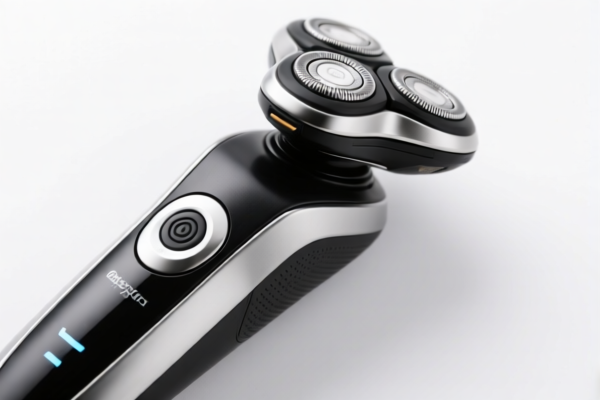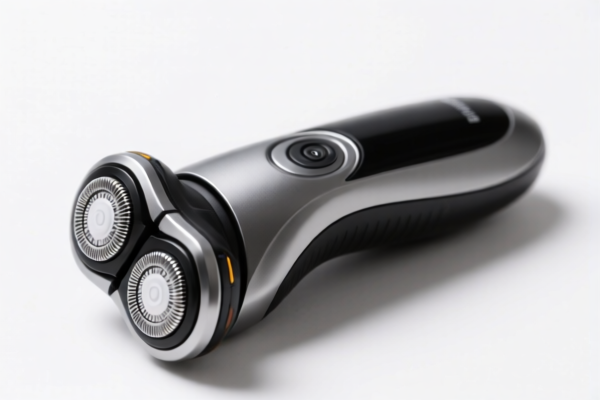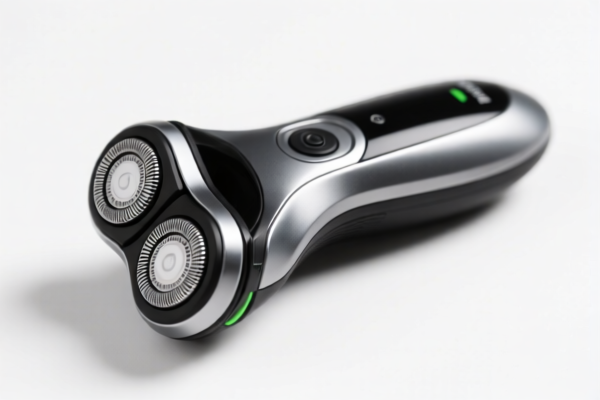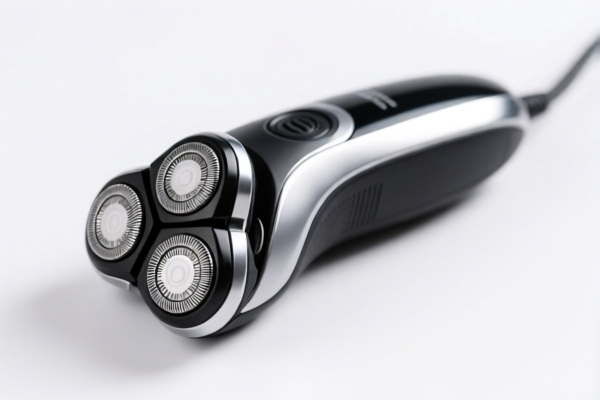| HS Code | Official Doc | Tariff Rate | Origin | Destination | Effective Date |
|---|---|---|---|---|---|
| 8214100000 | Doc | 0.3¢ each + 4.2%+30.0% | CN | US | 2025-05-12 |
| 8214203000 | Doc | 34.0% | CN | US | 2025-05-12 |
| 8211959000 | Doc | 3¢ each + 5.4%+55.0% | CN | US | 2025-05-12 |
| 8211929060 | Doc | 0.4¢ each + 6.1%+37.5% | CN | US | 2025-05-12 |
| 8510905500 | Doc | 59.2% | CN | US | 2025-05-12 |
| 8543708000 | Doc | 55.0% | CN | US | 2025-05-12 |




Electric Nail Clipper
An electric nail clipper is a powered device used for trimming fingernails and toenails. Unlike traditional manual clippers, electric nail clippers utilize a rotating or oscillating blade system to file and cut the nail with minimal physical effort.
Material
- Blades: Typically constructed from stainless steel for durability and hygiene. Some models feature ceramic blades, known for their sharpness and resistance to rust.
- Body: Commonly made of plastic (ABS plastic is frequent) for lightweight construction and ease of handling. Higher-end models may incorporate metal components for increased stability and premium feel.
- Motor: Contains a small electric motor powered by batteries (typically AA or AAA) or rechargeable batteries (Ni-MH, Lithium-ion).
- Gearing: Internal gears made of plastic or metal transmit power from the motor to the blades.
Purpose
The primary purpose of an electric nail clipper is to efficiently and safely trim nails. They are particularly useful for individuals who:
- Have difficulty using manual clippers due to arthritis, limited hand strength, or other physical limitations.
- Require precise nail trimming for cosmetic or medical reasons.
- Prefer a faster and more automated nail care process.
Function
Electric nail clippers function through a motor-driven blade system. The process generally involves:
- Power Activation: The device is switched on, activating the motor.
- Blade Rotation/Oscillation: The motor spins or oscillates the blades at a high speed.
- Nail Filing/Cutting: The rotating/oscillating blades gradually file down the nail edge. Some models include a collection compartment to capture nail clippings.
- Automatic Stop (some models): Certain clippers feature sensors that automatically stop the blades when they come into contact with skin, enhancing safety.
Usage Scenarios
- Home Manicures/Pedicures: For regular nail maintenance.
- Individuals with Limited Mobility: Assisting those with difficulty using manual tools.
- Elderly Care: Providing a safer and easier nail care solution for seniors.
- Medical Nail Care: Used by podiatrists and healthcare professionals for specific nail conditions (e.g., thickened nails).
- Baby/Child Nail Care: Specialized models with quieter motors and smaller blades are available for infants and young children.
Common Types
- Rotating Blade Clippers: Utilize a circular blade that rotates to file the nail. Often suitable for shaping and smoothing.
- Oscillating Blade Clippers: Employ a back-and-forth oscillating blade for faster cutting.
- Automatic Nail Clippers: Feature sensors to stop the blades upon contact with skin, reducing the risk of injury.
- Rechargeable vs. Battery-Operated: Rechargeable models offer convenience and cost savings, while battery-operated clippers provide portability.
- Cordless vs. Corded: Cordless models offer greater flexibility, while corded models provide continuous power.
- Baby/Infant Clippers: Designed with smaller blades and quieter motors for delicate nail care.
- LED Light Clippers: Include an LED light to illuminate the nail during trimming.
Electric nail clippers fall under articles of cutlery, manicure or pedicure sets and instruments, or parts thereof, and shavers, hair clippers and hair-removing appliances with self-contained electric motor. Here's a breakdown of relevant HS codes:
-
8214100000: This HS code covers “Other articles of cutlery (for example, hair clippers, butchers' or kitchen cleavers, chopping or mincing knives, paper knives); manicure or pedicure sets and instruments (including nail files); base metal parts thereof: Paper knives, letter openers, erasing knives, pencil sharpeners (nonmechanical) and blades and other parts thereof”. The first two digits, '82', indicate Chapter 82, which covers cutlery, hand tools, and articles of cutlery. '14' denotes heading for other articles of cutlery. The final digits specify paper knives, letter openers, etc. This code applies if the electric nail clipper is considered a type of specialized cutlery. The base tariff is 0.3¢ each + 4.2%, with a 30.0% additional tariff effective after April 2, 2025.
-
8214203000: This HS code covers “Other articles of cutlery (for example, hair clippers, butchers' or kitchen cleavers, chopping or mincing knives, paper knives); manicure or pedicure sets and instruments (including nail files); base metal parts thereof: Manicure or pedicure sets and instruments (including nail files), and parts thereof: Cuticle or cornknives, cuticle pushers, nail files, nailcleaners, nail nippers and clippers, all the foregoing used for manicure or pedicure purposes, and parts thereof”. The first two digits, '82', indicate Chapter 82, which covers cutlery, hand tools, and articles of cutlery. '14' denotes heading for other articles of cutlery. The final digits specify manicure or pedicure sets and instruments. The base tariff is 4.0%, with a 30.0% additional tariff effective after April 2, 2025, resulting in a total tariff of 34.0%.
-
8510905500: This HS code covers “Shavers, hair clippers and hair-removing appliances, with self-contained electric motor; parts thereof: Parts: Other”. The first two digits, '85', indicate Chapter 85, which covers electrical machinery and equipment. '10' denotes heading for shavers, hair clippers and hair-removing appliances. The final digits specify parts of these appliances. The base tariff is 4.2%, with a 25.0% additional tariff, resulting in a total tariff of 59.2%.
Regarding HS code 8510905500, as it covers parts, ensure the classification aligns with whether the electric nail clipper is being imported as a complete unit or as individual components.
Customer Reviews
No reviews yet.